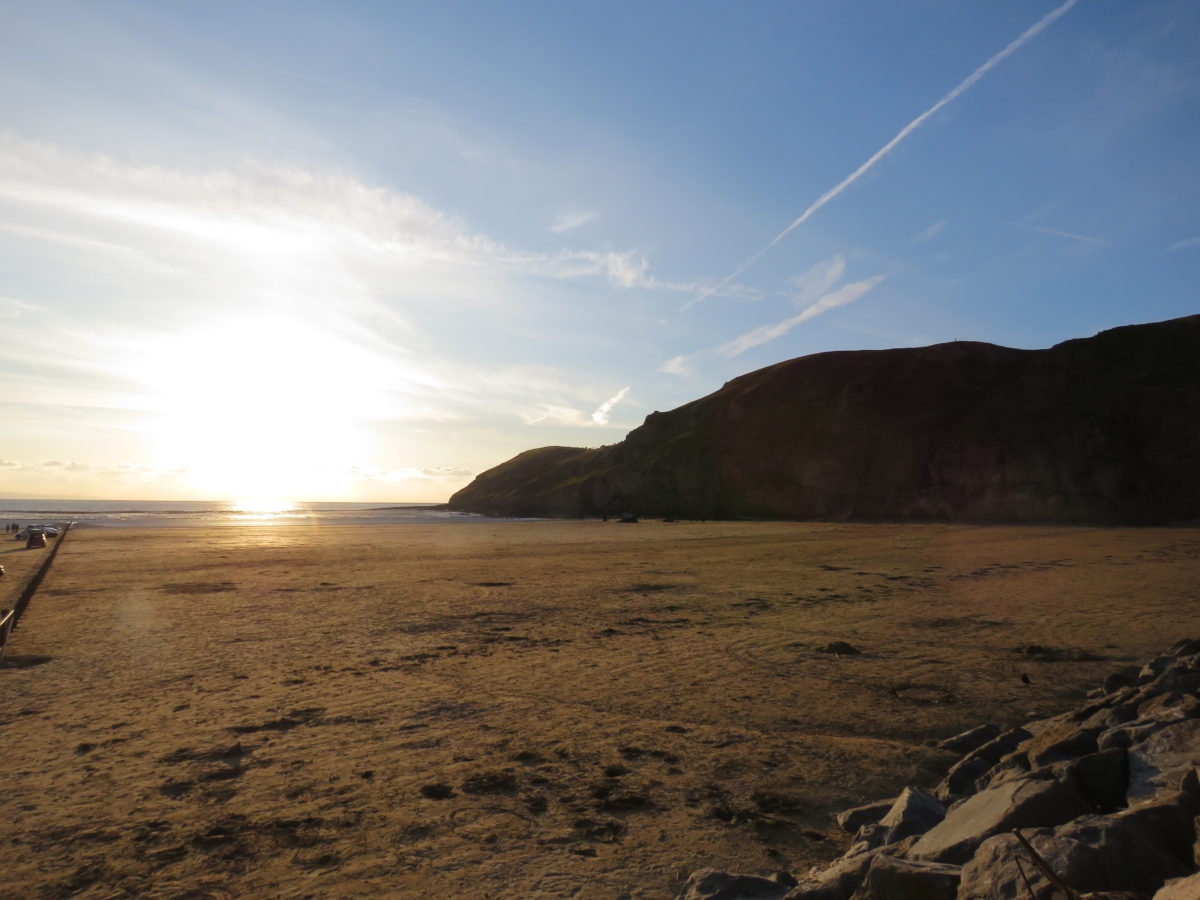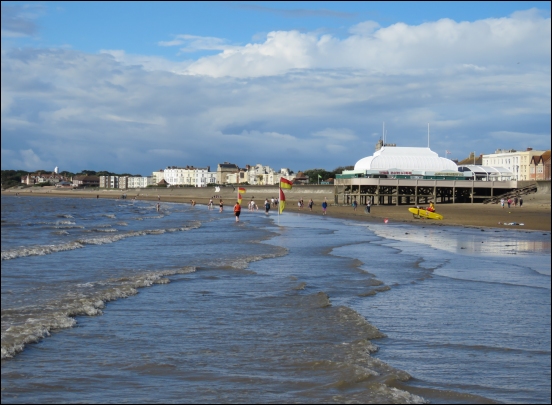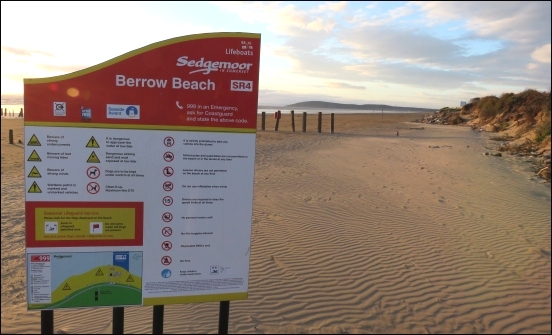Burnham-On-Sea’s sea water quality is continuing to improve following a programme of work over the last few years but continues to be classed as ‘poor’, according to a new study published this week.
The water quality at local beaches has been graded under EU Bathing Water standards – and Brean Beach, Berrow Beach and Berrow North of Unity Farm have all been classed as ‘excellent’, while Burnham’s sea water quality has been classified as ‘poor’.
Sedgemoor District Council spokeswoman Claire Faun told Burnham-On-Sea.com: “There have been very significant improvements in water quality at Burnham over the past 20 years.”
“This is testimony to the work and investment that has been carried out, especially over the past seven years since the new regulations came into place and is shown by the improvement in water quality at Berrow.”
“The location of the beach next to the mouth of the River Parrett and Brue means it is often washed by river water that has drained from these two very large catchment areas, over 800 square miles in total, which makes it extremely difficult to control every source of bacteria.”
“Despite the poor rating, the beach is still open for people to use and enjoy, but there are signs advising against bathing at the beach. There is plenty to do and see at Burnham-On-Sea Beach, right down to the traditional donkey rides.”

She added: “Everyone has a part to play in protecting and improving our bathing waters. If we continue to work together to reduce pollution, we can continue to improve the water quality. Residents and visitors can help by observing dog bans on the beach, clearing up after their dogs and ensuring their homes are properly connected to the mains sewer.”
What can affect water quality?
There are a number of factors that can affect water quality at Burnham Jetty North. One of the main sources of pollution is from ‘diffuse pollution’, which is where pollution washes off the land and flows down streams and rivers and into the sea. At Burnham Jetty North, diffuse pollution is from both agricultural and urban land.
Pollution also comes from sewage treatment works and combined sewer overflows (CSOs). CSOs are overflow pipes designed to prevent flooding by relieving pressure on sewerage systems during periods of high rainfall. They allow rainwater and diluted sewage to bypass sewage treatment works and flow directly into rivers and coastal waters.
Misconnections in homes and businesses along with disposal of fats, oils and grease can affect water quality.
What are the Bathing Water Quality regulations?
The Environment Agency monitors water quality from May to September at over 400 bathing waters. There are four water quality classifications – Excellent, Good, Sufficient and Poor. These are set according to the level of bacteria in the water based on guidelines produced by the World Health Organisation to protect health.
Up to 4 years of results from 2016 – 2019 are combined to let you know how clean the water is over that time. Classifications can be found on signs displayed at designated bathing waters by local councils. The Environment Agency also makes the results available online.
The consortium consists of the Environment, Wessex Water, Sedgemoor District Council, Burnham Town Council, Natural England, the Internal Drainage Board, Litter Free Coast & Sea Somerset, Surfers Against Sewerage, local tourism groups and the National Farmers Union to try and reduce the possible sources of pollution affecting the beach at Burnham.








